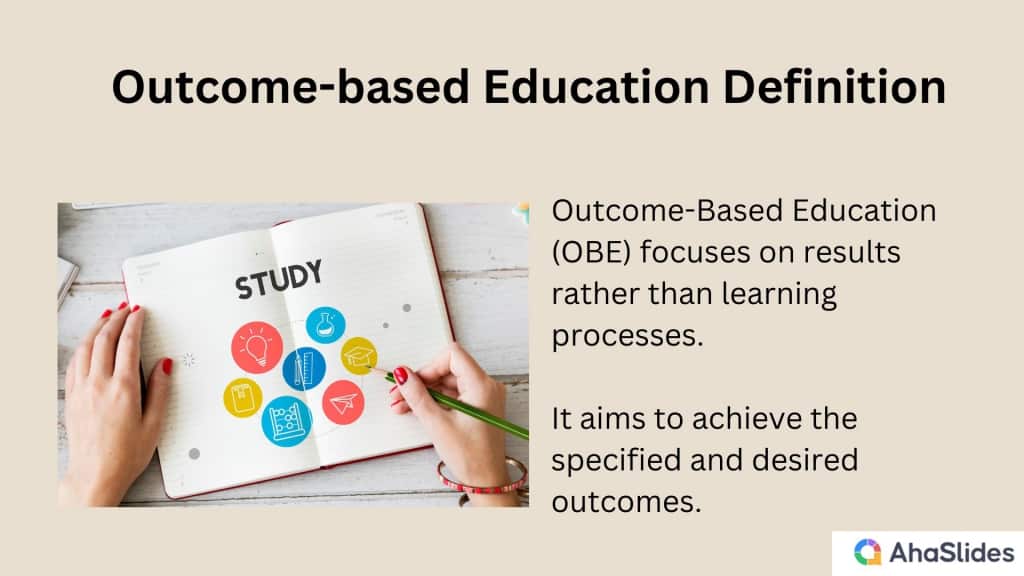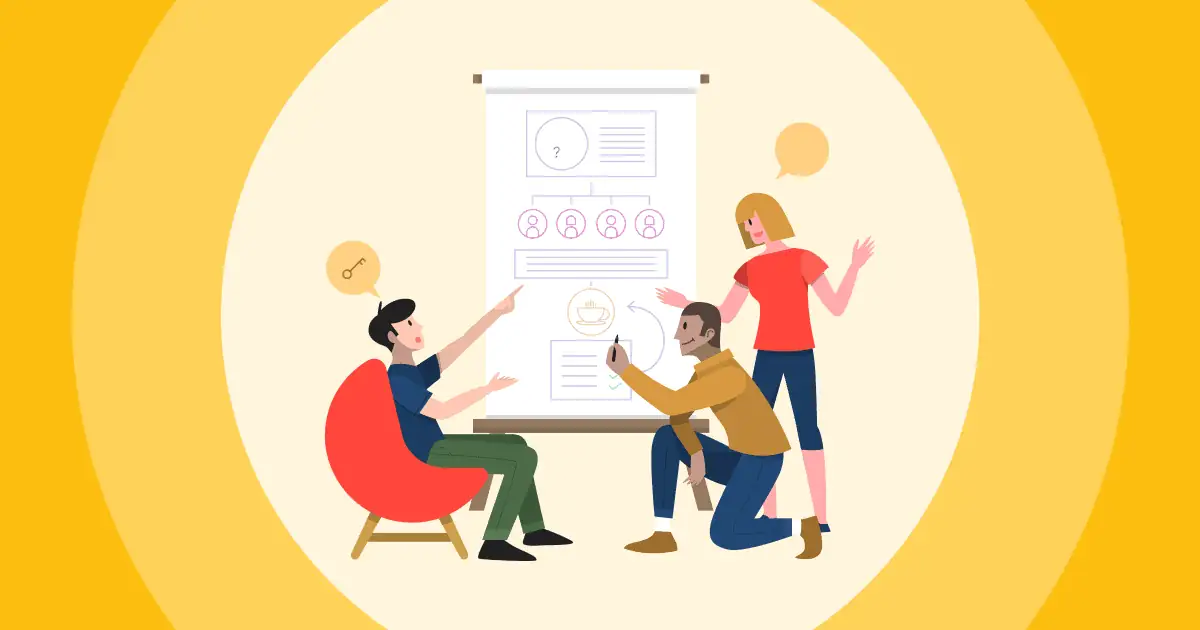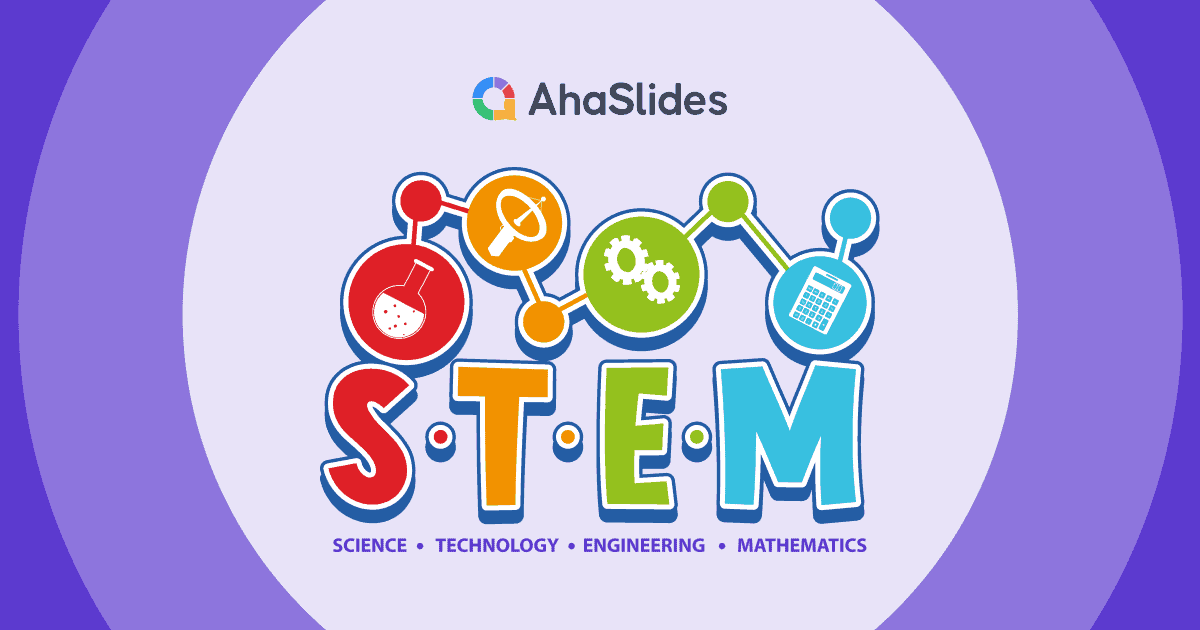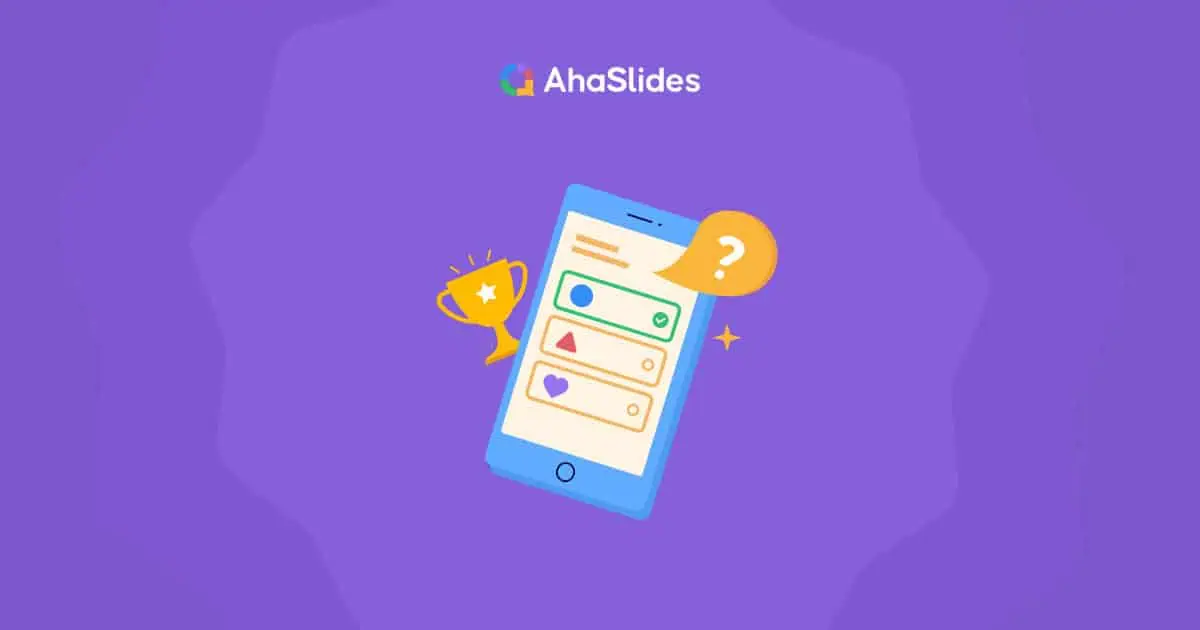What is Outcome Based Education?
Learning with clear objectives, whether it is mastering a skill, becoming an expert in a field of knowledge, or achieving personal growth, is an efficient learning method that forms the very foundation of Outcome Based Education (OBE).
Just as a ship relies on its navigational system to reach its intended harbor, Outcome Based Education emerges as a steadfast approach that not only defines the destination but also illuminates the pathways to success.
In this article, we delve into the intricacies of Outcome Based Education, exploring its meaning, examples, benefits, and the transformative impact it has on the way we learn and educate.
Table of Contents
- What is meant by Outcome Based Education?
- Outcome Based Education vs Traditional Education
- What is an example of Outcome Based Education?
- What are the basic principles of Outcome Based Education?
- What are the objectives of the OBE approach?
- OBE Frequently Asked Questions
What is Meant by Outcome Based Education?

Outcome Based Education focuses on results rather than learning processes. Any element of the classroom, such as curriculum, teaching methods, classroom activities, and assessments, is designed to achieve the specified and desired outcomes.
Outcome based methods have been popularly adopted in worldwide education systems at multiple levels. Its first emergence was around the end of the 20th century in Australia and South Africa, then expanded to many developed nations and regions such as the United States, Hongkong, and the European Union in the next decade, and later around the world.
Outcome Based Education vs Traditional Education
It is worth recognizing the benefits and influences of Outcome Based Education compared to Traditional Education in the overall education system and specific learners.
| Outcome Based Education | Traditional Education |
| Focuses on practical skills, competencies, and real-world applications. | Emphasizes the transfer of content knowledge. |
| Tends to engage students more actively in their learning process. | Relies more on passive learning |
| Promotes critical thinking and problem-solving skills | Lean more toward theoretical understanding than practical application. |
| Is inherently flexible and adaptable to changes in industries and societal needs. | May emphasize established knowledge rather than current trends. |

Get your Students Engaged
Start meaningful discussion, get useful feedback and educate your students. Sign up to take free AhaSlides template
🚀 Grab Free Quiz☁️
What is An Example of Outcome Based Education?
In outcome based teaching and learning systems, learners soon approach exercises and projects that align with these outcomes. Instead of just memorizing the theory, they spend time actively engaging with the subject matter.
Skills courses are excellent outcome based education examples. For instance, a digital marketing skills course might have outcomes such as "Creating and optimizing online advertisements," Analyzing web traffic data," or "Developing a social media strategy."
Outcome based assessment is often performance-based. Instead of relying solely on traditional exams, learners are evaluated based on their ability to apply the skills and knowledge they've learned. This could involve completing tasks, solving problems, or creating tangible outputs that demonstrate mastery.
In a rapidly changing world where practical expertise is highly valued, OBE education plays a key role in learners preparing for their future careers and avoiding the risk of unemployment.

What are the Basic Principles of Outcome Based Education?
According to Spady (1994,1998), the framework of outcome based education system is built on the four fundamental principles as follows:
- Clarity of focus: In an OBE system, educators and learners have a shared understanding of what needs to be achieved. Learning objectives are explicit and measurable, enabling everyone to align their efforts toward specific goals.
- Designing back: Instead of starting with content and activities, educators begin by identifying the desired outcomes and then design the curriculum to achieve those outcomes.
- High expectations: This principle is rooted in the belief that learners are capable of reaching remarkable levels of competence when provided with the right support and challenges.
- Expanded opportunities: This inclusivity ensures that all learners can thrive and succeed if they are given appropriate opportunities—what really matters is what they learn, the importance, regardless of the particular learning method.
What are the Objectives of The OBE Approach?
Objectives of outcome based education are described with four main points:
- Course Outcomes (COs): They help instructors design effective teaching strategies, assessments, and learning activities that align with the intended outcomes of the course.
- Program Outcomes (POs): They should encompass the cumulative learning from multiple courses within the program.
- Program Educational Objectives (PEOs): They often reflect the institution's mission and its commitment to preparing graduates for success in the workforce and society.
- Global Opportunities for Students: This objective encourages educational institutions to provide students with opportunities for cross-cultural experiences, international collaborations, and exposure to diverse perspectives.
Tip for Engagement
Want more inspiration? AhaSlides is the best educational tool to make OBE teaching and learning become more meaningful and productive. Check out AhaSlides right away!

Get your Students Engaged
Start meaningful discussion, get useful feedback and educate your students. Sign up to take free AhaSlides template
🚀 Grab Free Quiz☁️
💡8 Steps To Start An Effective Classroom Management Plan (+6 Tips)
💡What Are The Best Collaborative Learning Strategies?
💡8 Ways to Organise Online Teaching and Save Yourself Hours a Week
OBE Frequently Asked Questions
What are the 4 components of Outcome Based Education?
There are four major components of outcome based teaching and learning, including (1) curriculum design, (2) teaching and learning methods, (3) assessment, and (4) continual quality improvement (CQI) and monitoring.
What are the 3 characteristics of outcome based education?
Practical: understanding how to do things, and the capability to make decisions
Fundamental: apprehending what you are doing and why.
Reflective: learning and acclimating through self-consideration; adopting knowledge properly and responsibly.
What are the three types of OBE?
Recent research indicates that there are three types of OBE: Traditional, Transitional, and Transformational OBE, with its roots in the evolution of education towards more holistic and skill-centered approaches.
Ref: Dr Roy Killen | MasterSoft








